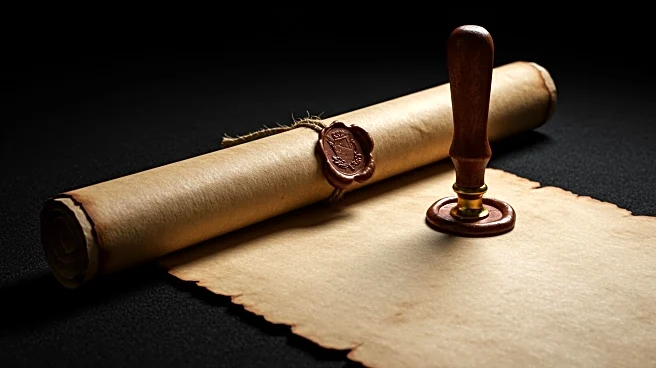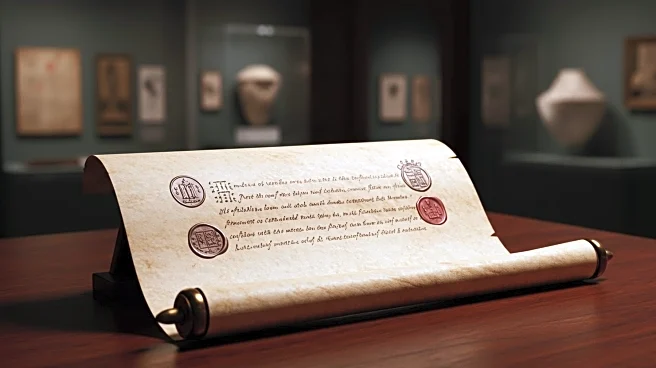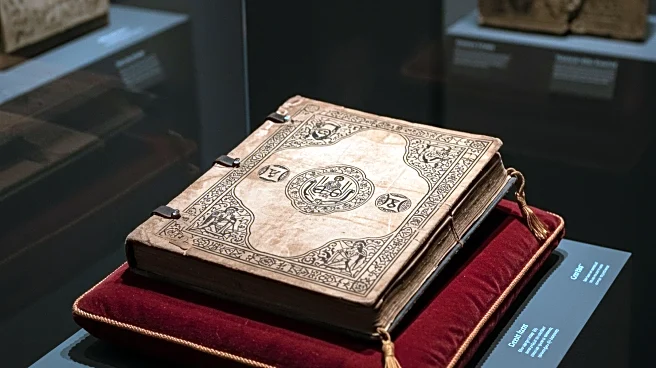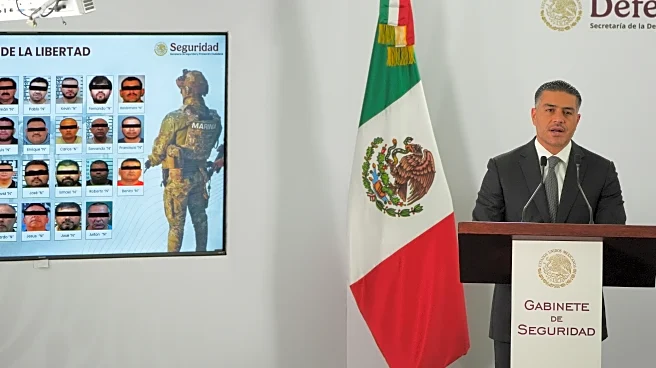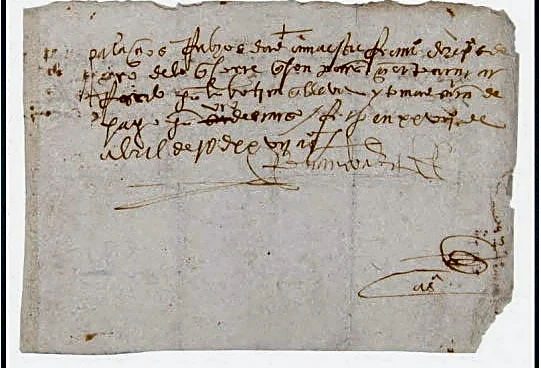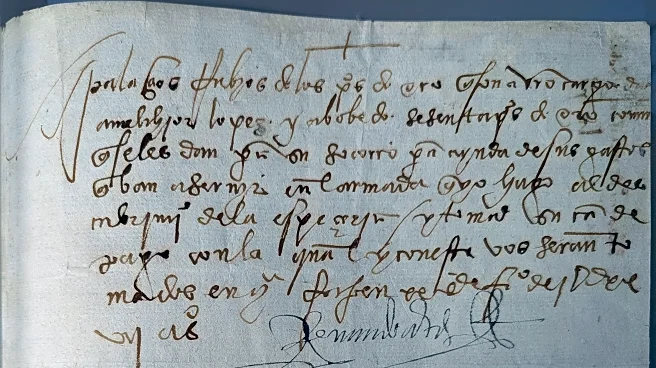Rapid Read • 8 min read
The FBI has returned a stolen 16th-century document signed by Spanish conquistador Hernán Cortés to Mexico. The document, considered a priceless cultural artifact, was repatriated in a ceremony involving the FBI and Mexican government officials. It was originally signed by Cortés on February 20, 1527, and outlines payments for supplies in preparation for exploration. The document was stolen from Mexico's national archives in the 1980s or 1990s and had changed hands multiple times since. The FBI's Art Crime Team collaborated with various agencies to locate and authenticate the document, marking the second Cortés document returned to Mexico.
AD
The repatriation of the Cortés document is significant as it restores a vital piece of Mexico's cultural heritage and history. Such artifacts provide insights into the colonial era and the formation of New Spain, which shaped modern-day Mexico. The return of the document underscores the importance of international cooperation in preserving cultural heritage and combating art crime. It also highlights ongoing efforts by Mexico to reclaim cultural artifacts that have been dispersed globally, reinforcing national identity and historical understanding.
The FBI continues to search for other missing pages from the Cortés manuscript, urging the public to provide information. Mexico may intensify efforts to recover additional cultural artifacts, potentially leading to more collaborations with international agencies. The successful repatriation could encourage other countries to pursue similar actions, fostering global awareness and respect for cultural heritage. Legal and diplomatic discussions may arise regarding the ownership and return of cultural property.
The return of the Cortés document raises ethical questions about the ownership and repatriation of cultural artifacts. It highlights the historical impact of colonialism and the ongoing struggle to address its legacy. The case exemplifies the challenges in balancing the preservation of cultural heritage with international legal frameworks and the responsibilities of museums and collectors. It also reflects broader cultural diplomacy efforts to mend historical injustices and promote mutual understanding.
AD
More Stories You Might Enjoy
